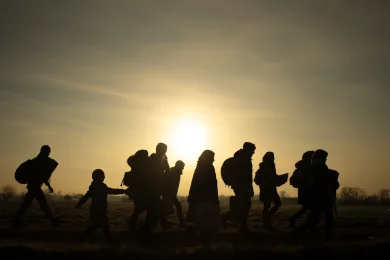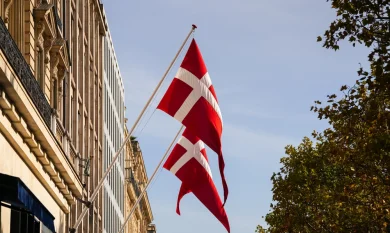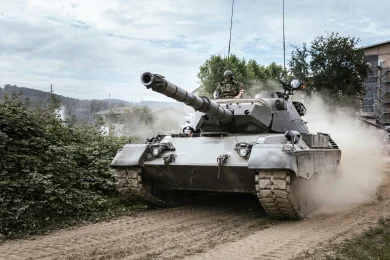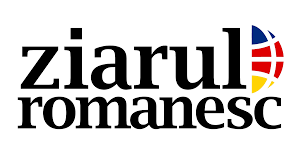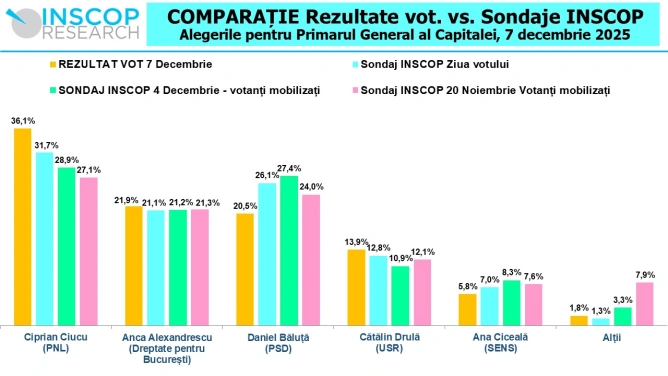
Brussels, November 12, 2025 — The European Union is preparing for a new cycle of joint migration management, alongside the European Commission's proposal for the 2026–2027 Resettlement and Humanitarian Admission Plan, part of the First Annual Migration Management Cycle.
According to the official document, the Plan will allow for the resettlement and humanitarian admission of up to 15,230 people from third countries, through voluntary contributions from member states. It focuses on the main Mediterranean and Atlantic routes, as well as on countries in the Middle East and Africa (Turkey, Lebanon, Jordan, Niger, Sudan, Chad, Egypt), but also from Latin America, where the EU intends to develop partnerships with transit countries.
The Plan offers a legal and safe alternative to irregular migration and is designed to complement recent reforms under the Pact on Migration and Asylum, adopted in May 2024.
The Plan mentions the Emergency Transit Center in Timișoara as a key infrastructure for resettlement operations, a mechanism that allows for the temporary transfer of refugees evacuated from conflict zones before their relocation to participating states. Although Romania is not among the nine member states that have announced their voluntary contributions for this cycle, its logistical role and experience in cooperation with UNHCR and IOM are considered essential in supporting the plan.
The European Commissioner for Home Affairs, Magnus Brunner, stated that the launch of the Plan and the First Annual Migration Management Cycle represents "the starting point for a European approach based on facts."
No member state should be left to face pressure alone. With the solidarity mechanism, each country decides how it can contribute. The goal is to restore trust between states and between citizens and EU institutions," said Brunner.
The Commissioner mentioned that irregular crossings into the EU have decreased by 35% in 2025, and cooperation with countries of origin and transit has become essential for reducing pressure at the border.
The proposal is part of the new Annual Migration Management Cycle, which coordinates the efforts of member states and European agencies such as EUAA, Frontex, and Europol through a common process of analysis, planning, and reporting. In this framework, each member state can define its contribution — either through resettlement or humanitarian admission programs, by sending support teams to the border, through financial assistance, or through partnerships with third countries. The Plan remains flexible, to be adjusted based on the evolution of global protection needs and any new voluntary commitments from participating states.
Although Romania is not directly participating in the current resettlement cycle, the internal public debate has been marked by confusion and anti-migration narratives. In the online space, several sources have incorrectly presented the Plan as a "quota imposed by migrants" or a "mandatory redistribution," even though the document emphasizes the voluntary nature of contributions. In reality, Romania remains a logistical partner in the European infrastructure, without obligations to receive.
The Plan will be examined by the Council of the European Union, which must adopt it for it to become effective from January 1, 2026. The Commission will monitor implementation through EUAA and will publish annual reports within the Migration Management Cycle.
